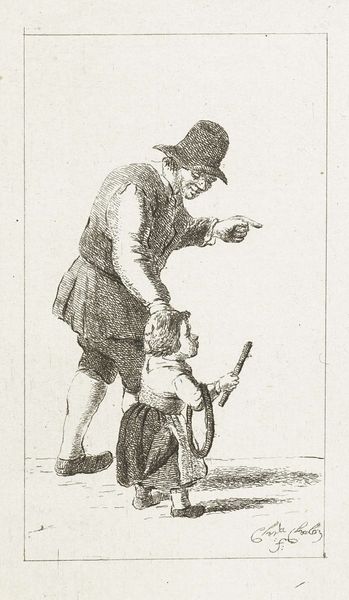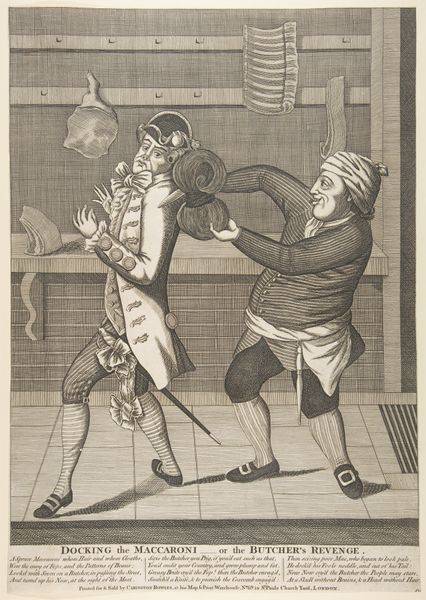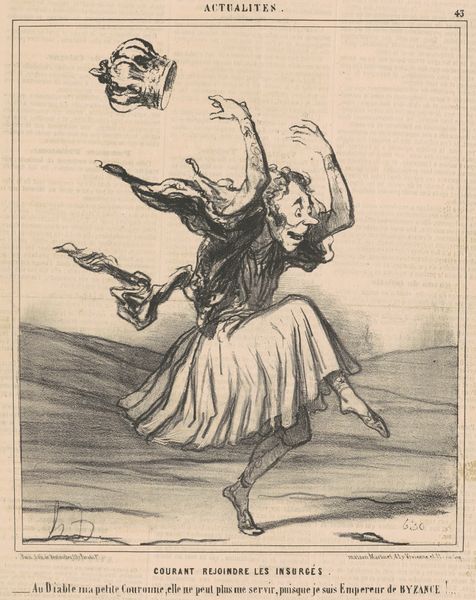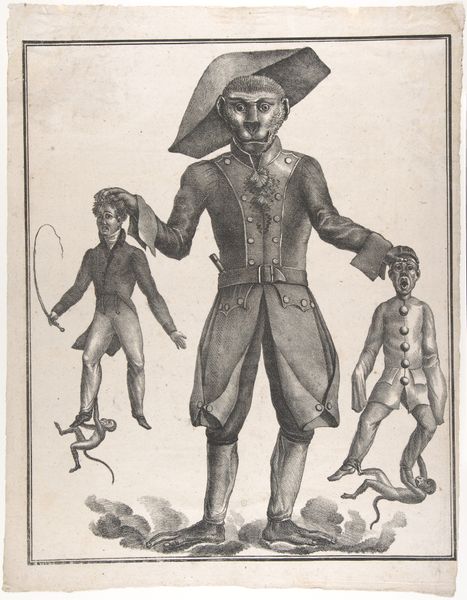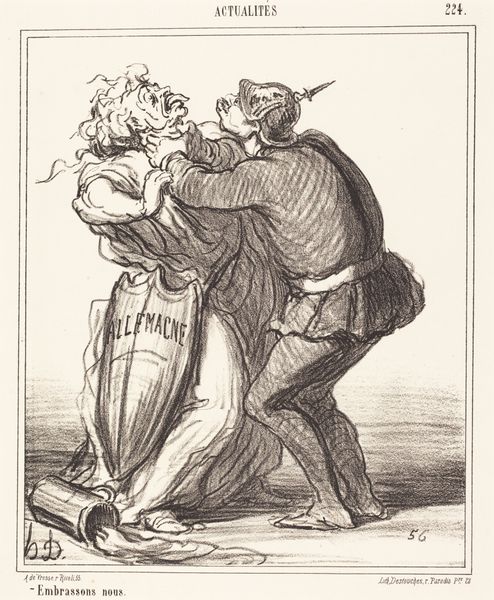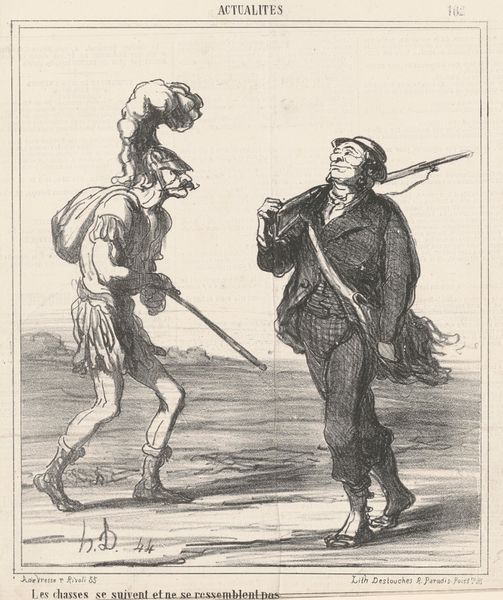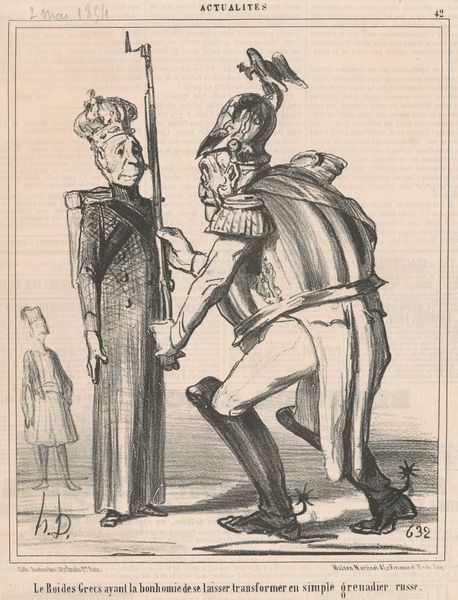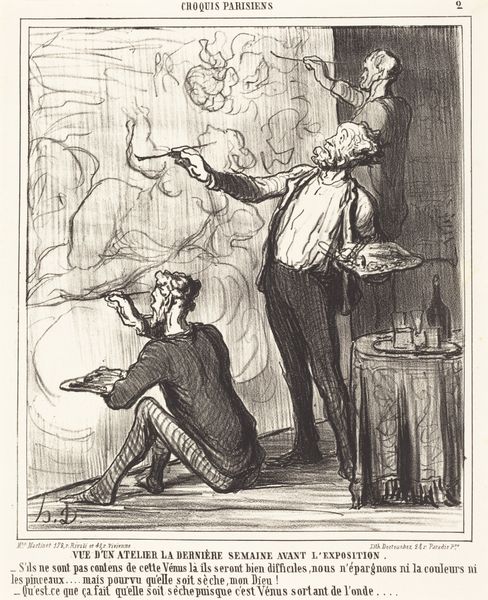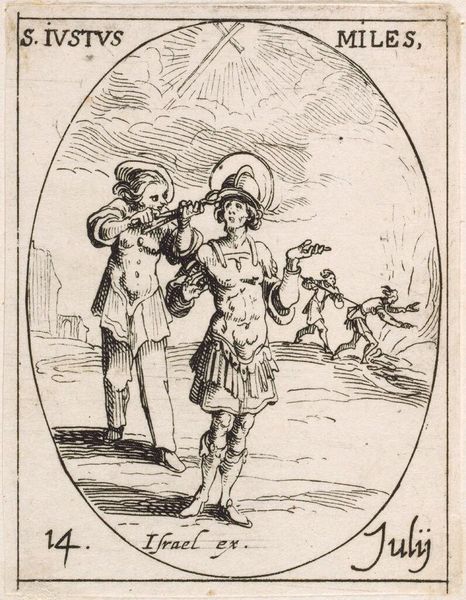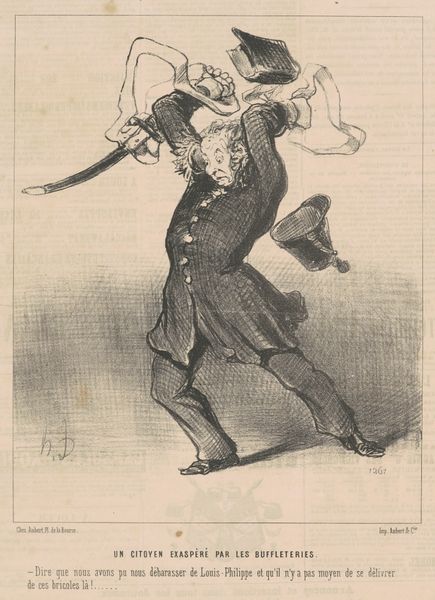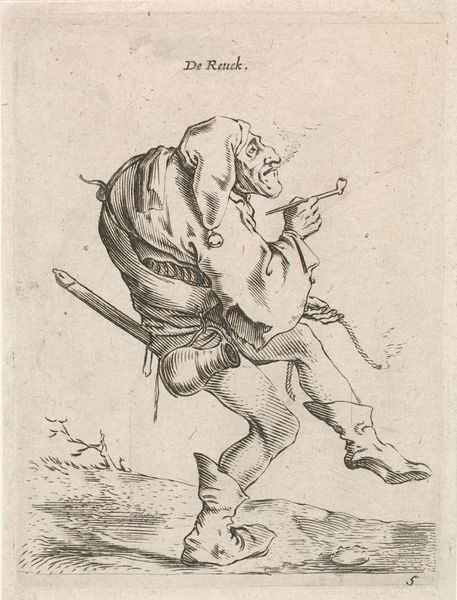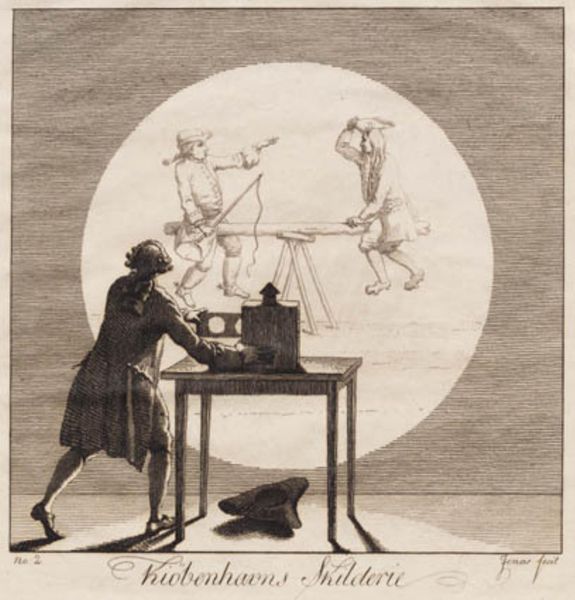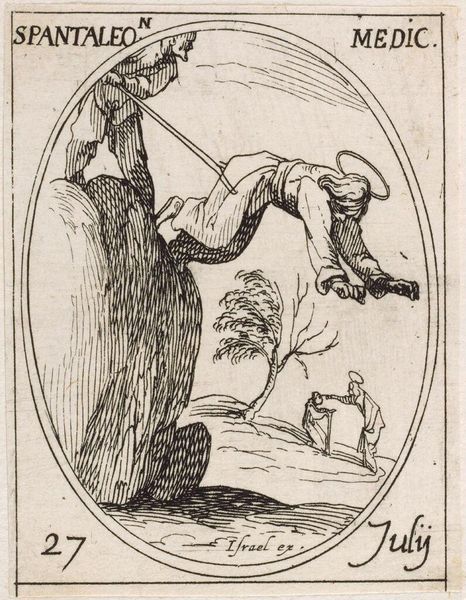
Portret van Maurits, prins van Oranje-Nassau, met daarboven een putto 1734 - 1785
0:00
0:00
janstolker
Rijksmuseum
print, engraving
#
portrait
#
baroque
# print
#
pencil sketch
#
caricature
#
figuration
#
line
#
engraving
Dimensions: height 258 mm, width 178 mm
Copyright: Rijks Museum: Open Domain
This engraving, portraying Maurits, Prince of Orange-Nassau, was made by Jan Stolker sometime in the 1700s. Its monochrome appearance belies the labor-intensive process used to create it. Engraving demands meticulous skill. The artist would have used a tool called a burin to manually incise lines into a copper plate. These precise, deliberate marks hold the ink, which is then transferred to paper under immense pressure. Look closely and you'll see how Stolker varied the lines’ thickness and density to model form and create tonal variation. The result? An impressive likeness of Prince Maurits. But beyond mere representation, this print served a crucial social function. As a relatively inexpensive medium, prints like these disseminated images of power far and wide. By making such portraits accessible, printmakers like Stolker played a key role in shaping public perceptions of their leaders. It’s a reminder that even seemingly simple objects can be powerful tools of influence and control.
Comments
No comments
Be the first to comment and join the conversation on the ultimate creative platform.

